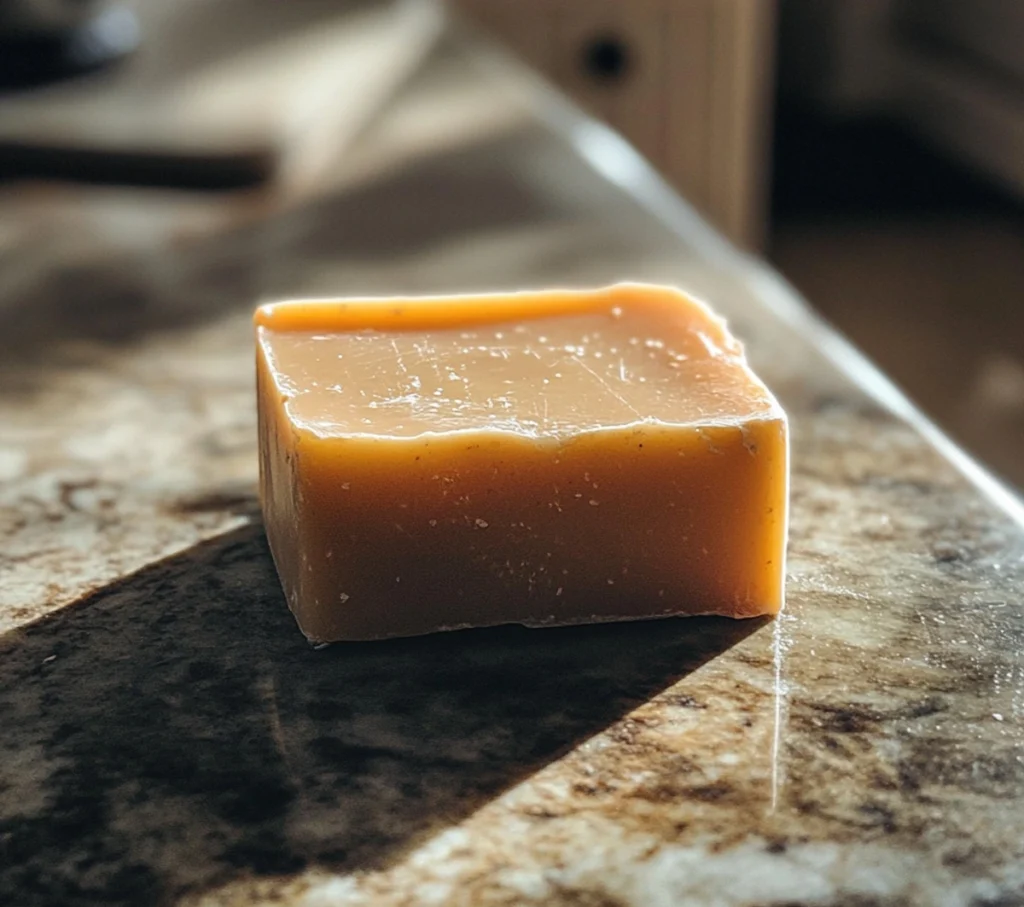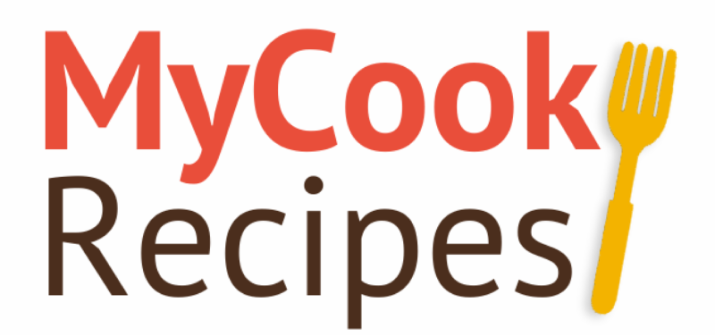
Goat’s milk bar soap is a natural skincare solution that combines goat’s milk, natural oils, and other beneficial ingredients to offer a soothing, moisturizing cleanse. Its gentle nature makes it a perfect choice for sensitive or dry skin types. Let’s explore the main ingredients that make goat’s milk soap so effective.
Why Choose Goat’s Milk Soap?
Goat’s milk is rich in essential nutrients like vitamins A, D, and E, which help nourish and hydrate the skin. Unlike commercial soaps that strip the skin of natural oils, goat’s milk soap helps to balance the skin’s pH while delivering deep moisture. Additionally, it’s known for its gentle exfoliating properties, thanks to the natural lactic acid found in the milk.
For more ways to integrate natural ingredients into your skincare routine, check out this guide on creative sourdough discard uses and tips, which also highlights other sustainable uses of common household ingredients.
When made from natural, high-quality ingredients, goat’s milk soap provides all the benefits without the harsh chemicals found in some commercial soaps. Learn more about choosing the right ingredients and sustainable practices in our article on how to activate sourdough discard, another eco-friendly skincare and household idea.
Key Ingredients in Goat’s Milk Bar Soap
Here’s a breakdown of the common ingredients you’ll find in goat’s milk soap:
- Goat’s Milk: Packed with vitamins A and E, goat’s milk is moisturizing, gently exfoliating, and helps to nourish the skin deeply.
- Olive Oil: Known for its high concentration of antioxidants and moisturizing properties, olive oil helps to soften and hydrate the skin.
- Coconut Oil: Adds lather to the soap and works as a gentle cleanser, while locking in moisture.
- Castor Oil: Provides a rich lather and nourishes the skin with its humectant properties.
- Cocoa Butter: Offers deep hydration and leaves the skin feeling soft and nourished.
- Sustainable Palm Oil: This ingredient adds structure to the soap, ensuring it lasts longer and retains moisture.
- Lye (Sodium Hydroxide): Essential for the saponification process, transforming fats and oils into soap. After saponification, no lye remains in the final product, making it safe for use.
Natural Additives in Goat’s Milk Soap
Goat’s milk soap often includes natural additives to enhance its properties. These might be added for fragrance, exfoliation, or antibacterial benefits. Common natural additives include:
- Essential Oils: Popular choices like lavender, peppermint, or tea tree oil can provide soothing, antibacterial, or invigorating effects.
- Oats: A gentle exfoliant that removes dead skin cells while calming irritation.
- Honey: Moisturizes and provides natural antibacterial properties, which can help acne-prone skin.
Natural vs. Commercial Goat’s Milk Soaps
While goat’s milk soap is typically marketed as a natural skincare solution, not all products are equal. Commercial versions may contain synthetic fragrances, preservatives, and additives that can be irritating to sensitive skin. By choosing natural goat’s milk soap, you’re opting for a product free of harsh chemicals, ensuring a gentler, more beneficial cleanse for your skin.
How Goat’s Milk Enhances the Soap-Making Process
The fats and proteins in goat’s milk contribute to the saponification process, where oils and lye transform into soap. These fats help create a creamier texture, producing a richer lather and enhancing the moisturizing properties of the soap. This makes goat’s milk soap a perfect choice for maintaining hydration while cleaning.
Different Variations of Goat’s Milk Soap
Goat’s milk soap comes in various formulations to cater to different skincare needs:
- Fragrance-Free Soaps: Ideal for those with sensitive or allergy-prone skin.
- Exfoliating Soaps: Include ingredients like oats or ground almonds to gently exfoliate the skin while cleansing.
- Luxury Soaps: Enriched with shea butter, argan oil, or silk proteins to provide added nourishment and luxury.
Homemade Goat’s Milk Soap Recipe
Want to make your own goat’s milk soap at home? Here’s a basic recipe to try:
Ingredients:
- 5 oz. Goat’s Milk (frozen)
- 68 grams Lye (Sodium Hydroxide)
- 6 oz. Olive Oil
- 6 oz. Coconut Oil
- 4 oz. Palm Oil
- Optional: Essential oils or oats for added benefits.
Instructions:
- Carefully mix the lye with frozen goat’s milk, allowing it to melt and combine slowly.
- Heat the oils until melted, then mix them with the lye and milk solution.
- Blend until the mixture thickens to a “trace” consistency.
- Pour the soap into molds and let it cure for 4-6 weeks.
If you’re interested in DIY soap making, check out this step-by-step guide on how to make homemade goat milk soap.
FAQs
Is goat milk soap good for sensitive skin?
Yes, goat milk soap is known for its gentle, moisturizing properties, making it perfect for sensitive or dry skin.
Can goat milk soap help with eczema?
Goat’s milk is soothing and hydrating, which can help alleviate the symptoms of eczema by moisturizing and calming irritated skin.
Is lye safe in goat milk soap?
Once the saponification process is complete, no lye remains in the finished product, making it safe to use.
How long does goat milk soap last?
Stored properly in a cool, dry place, goat milk soap can last up to a year without losing its benefits.
Are there preservatives in natural goat milk soap?
Natural goat’s milk soaps avoid synthetic preservatives, using long-lasting natural oils instead.
Conclusion
Goat’s milk bar soap is an excellent natural skincare product for people with sensitive, dry, or irritated skin. With nourishing ingredients like goat’s milk, olive oil, and coconut oil, it provides gentle cleansing and deep hydration. By choosing a natural formulation, you can avoid harsh chemicals while giving your skin the nourishment it deserves. Whether you purchase or make your own goat’s milk soap, it’s a fantastic addition to any skincare routine.
